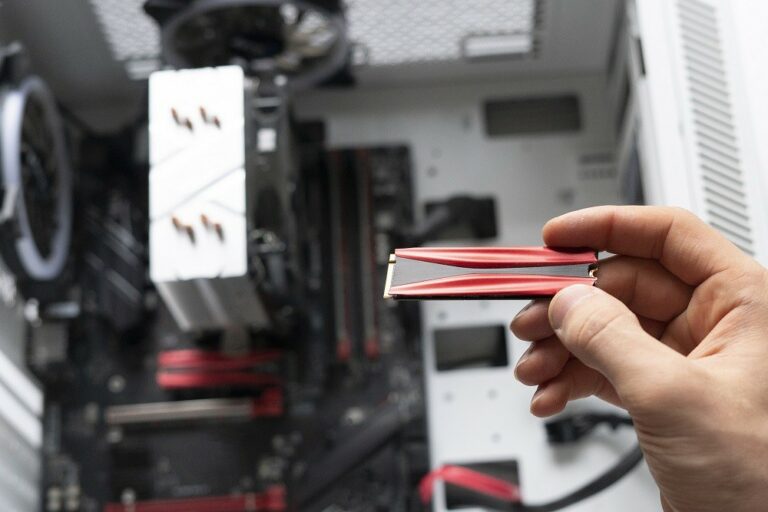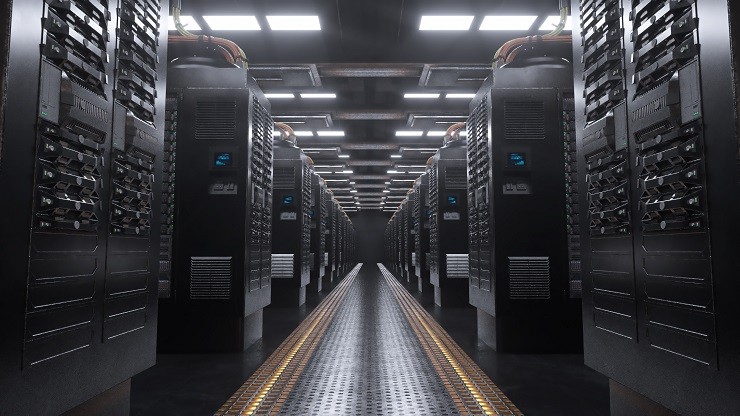“Flash” is an immense technology segment that powers a spectrum from the smallest of computer components to many millions of consumer devices, up to a growing number of enterprise storage arrays.
The data center is the biggest battleground of flash adoption, where SSDs come into direct competition with hugely entrenched HDD storage. It’s not all a battle of course: hybrid flash arrays are common and IT can tier aging data from all-flash arrays to nearline HDDs. However, when companies need to buy new arrays how do they make the decision? In the past, objections loomed large: SSDs offer high performance but less capacity; better reliability but an uncertain lifecycle; top performance for random IO and not so much for sequential.
Advances in SSD technology have answered many of these questions. Recent capacity gains due to better engineering and deduplication/compression are raising the useable capacity rates across the board. SSDs that have been in service for 3 years show no sign of mass failure, which was a real concern for early adopters. And although performance for sequential IO remains slower than HDDs, well-behaved sequential reads are not what one buys SSDs for.
So the top question up until now – always the biggest objection to adoption – is price: Are SSDs a high enough value to overcome the lower cost of HDDs? Better yet, are they lowering their prices to the point they can go head-to-head with their natural competitors, high performance HDDs? The answer to both these questions is “Yes.” SSD value for high performance environments can and should overcome price objections, and more all-flash arrays are achieving price parity with high performance HDDs thanks to growing capacity rates and lower OpEx.
It’s Not All or Nothing
Still, flash is not going to replace HDDs any time soon. For the foreseeable future, data centers will have both flash and disk.
Flash is undoubtedly the best choice for high performance and we see it taking bigger and bigger slices of the enterprise data center storage media pie. But right now they’re in a partnership made up of different configurations: hybrid arrays, primary-to-nearline storage, flash and disk storage arrays, even flash to HDD to tape. Each of these configurations can work well depending on data center needs, and there is no reason to switch to the so-called all-flash data center.
But in high performance data center environments, the picture changes. Let’s look at the differences between SSDs and high performance HDDs to understand the higher value argument, even without price parity:
|
HDD and SSD Advantages and Disadvantages |
||
| HDD | Advantages | · Deals with sequential IO much better than random IO.
· Has been dollar-per-GB cheaper than SSDs. · Highest capacity storage on a single disk. |
| Disadvantages | · Catastrophic disk failures require emergency replacement; best practice includes data protection like RAID or erasure coding.
· Spinning drives cost money for maintenance, energy, and data center space. · Storing data requires constant writes and reads to the media. · Capacity growth not matched by performance growth. |
|
| SDD | Advantages | · Maintains performance on random IO although can be overkill for sequential IO.
· Failure rates are gradual and relatively predictable. · Supports high numbers of reads to media (writes are more limited). · Much higher IOPs and much lower latency. · Low maintenance, energy, and rack space costs. |
| Disadvantages | · Is usually pricier than disk but is achieving parity with high performance HDD.
· Reads are considerably faster than writes. · Capacity is unsuitable for high volume data retention. |
|
SSD’s advantages for higher performance computing are clear. What has changed is effective all-flash pricing: array vendors are no longer limited to the value argument in spite of higher prices, but can add the commensurate cost argument.
The value argument is still important – it is the reason to make a switch to flash in the first place. However, the value argument is no longer the only game in town for all-flash vendors. Plunging flash prices now allow SSDs to reach near or equal price parity with high performance HDD due to several factors: 1) improved efficiency in manufacturing and wider customer adoption caused pressure on higher prices, 2) higher SSD capacity due to array-based deduplication and compression features, and 3) SSD’s lower maintenance, energy, and rack space costs.
Vendors
There are many traditional and startup flash storage vendors out there. The ones I mention below represent vendors who are expanding their value argument with cost savings demonstrations, and vendors who are marketing strongly on price-per-GB parity with high performance HDD.
EMC XtremeIO for example (now Dell) represents a high performance value argument strengthened by lower flash OpEx costs. EMC stresses highly scalable performance and workload balancing, and adds large useable capacity at a reasonable cost thanks to cheaper OpEx.
Dell makes a value argument and also sets CapEx price parity with top of the line 15K RPM hard drives. Dell added Samsung 3D NAND capacity drives to its SC series and markets them as high capacity flash drives with the same price-per-GB as 15 RPM HDDs. (Note that XtremIO is one of EMC’s flash success stories, and will continue to be if Dell does not put it in competition against its SC series flash storage.)
Other vendors are also making the dollar-per-GB argument. SanDisk announced capacity flash storage at $900/TB by employing open source software to cut costs. StorTrends announced a cheaper NAND drive that it claims costs half a dollar per GB, while HPE’s StoreServ 20000 is at $1.50 useable per GB.
Flash isn’t the perfect storage solution; no single solution is. Hard drives and tape for that matter are entrenched in the data retention side of storage. Many hard drives offer sufficient performance for applications and environments, and better performance for sequential writes. But flash value is rising for critical applications and its price is falling, which accelerates its wide adoption into the enterprise data center. We won’t see HDDs or tape disappear soon but we do glimpse a flash-driven future.





